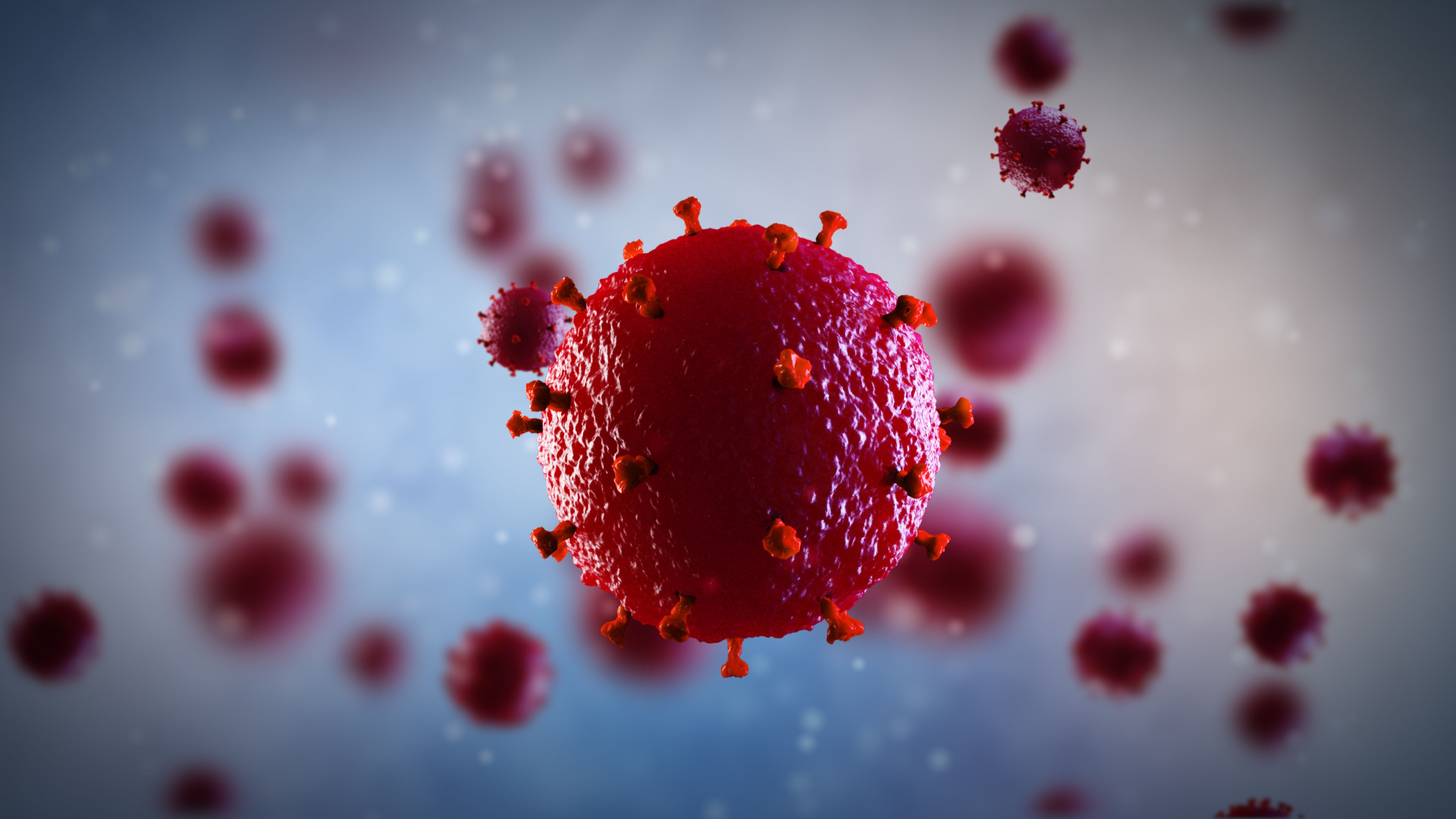AAP Recommends Routine HIV Screening for all Adolescents Starting at Age 15
©artegorov3@gmail/stock.adobe.com

In an updated clinical report, the American Academy of Pediatrics (AAP) recommended universal and routine HIV screening at least once in health care settings for all US adolescents aged ≥15 years.
After initial screening, adolescents at increased risk for HIV infection—including young men who have sex with men, active injection drug users, and transgender youth— should be rescreened at least annually, and potentially as often as every 3 to 6 months.
The report is an update to a 2011 AAP policy statement, which called for routine HIV screening for all adolescents at least once by age 16 to 18 years when the prevalence of HIV in the patient population was more than 0.1%.
Katherine Hsu, MD, MPH, and Natella Rakhmanina, MD, PhD, of the AAP’s Committee on Pediatric AIDS authored the report published in the January 2022 issue of Pediatrics.
The authors noted that despite significant progress in treatment and efforts to identify patients with HIV/AIDS, the HIV epidemic persists. In 2018, they write, HIV infection was undiagnosed in approximately 45% of patients with HIV aged between 13 and 24 years.
“Of the 1.2 million people living with HIV and AIDS in the United States, approximately 14% are people whose infection had not been diagnosed, and it is this group that is estimated to account for 38% of HIV transmission; those aware of their HIV infection but not receiving HIV care account for an additional 43% of transmission,” wrote Hsu and Rakhmanina.
The authors added that youth with HIV are the least likely of any age group to be linked to timely HIV care and they have lower rates of viral suppression, “making them less likely to stay healthy and increasing their risk of HIV transmission to others.”
In addition, the AAP recommended that all adolescents at risk for HIV infection should be offered preexposure prophylaxis (PrEP) as part of a comprehensive prevention strategy that includes other prevention measures, such as safer sex practices, to reduce the risk of sexually transmitted infections.
The authors also encouraged clinicians to discuss adolescent sexual and reproductive health on a routine basis by, “obtaining a sexual history, discussing healthy sexuality, performing an appropriate examination, providing patient-centered and age-appropriate anticipatory guidance, and performing appropriate screening and administering vaccinations.”
Creating a safe clinical atmosphere and providing factual, nonjudgmental counseling to young patients was also a key recommendation. “By contextualizing HIV risk discussions within comprehensive sexuality education about behaviors other than abstinence or heterosexual norms, youth may have greater comprehension of the problem and their own risk and be willing to seek care from pediatricians,” wrote authors.